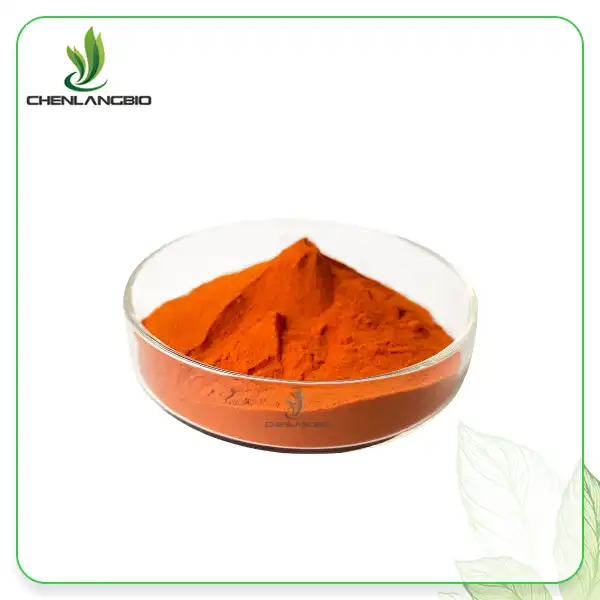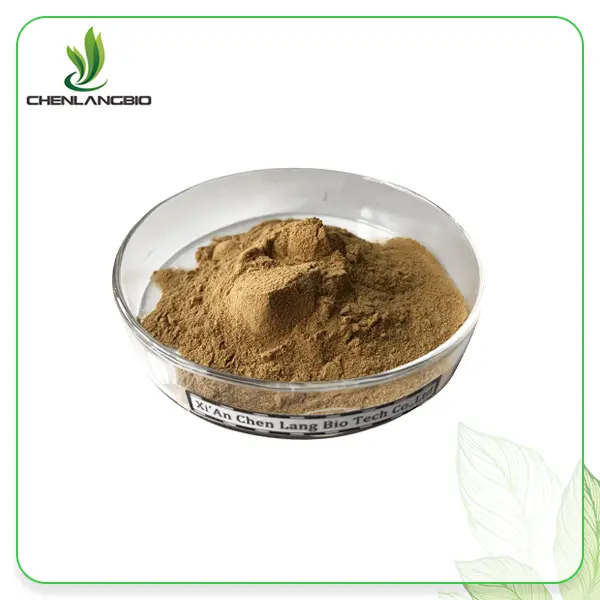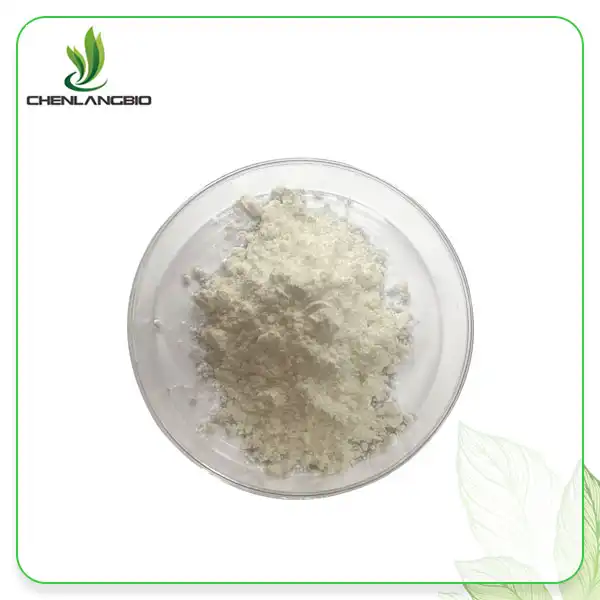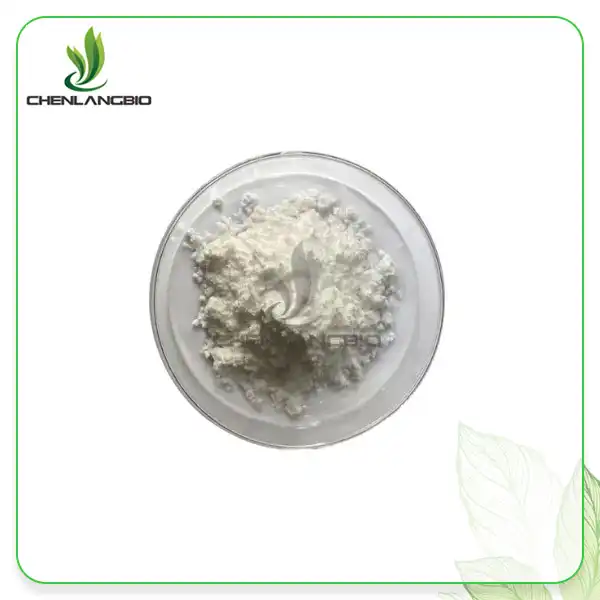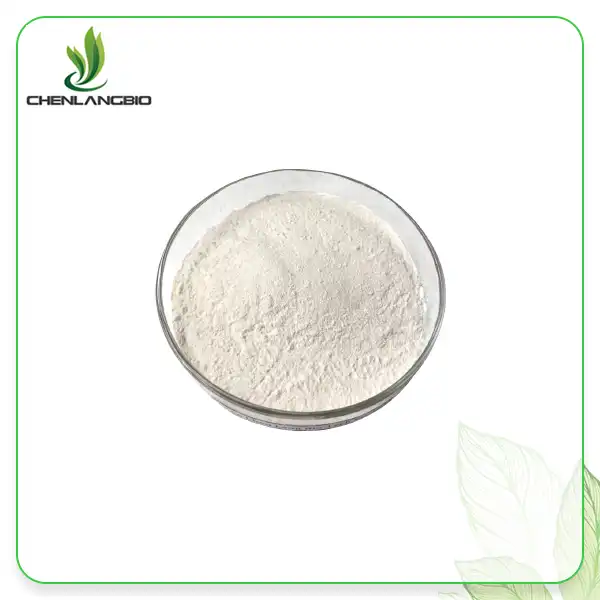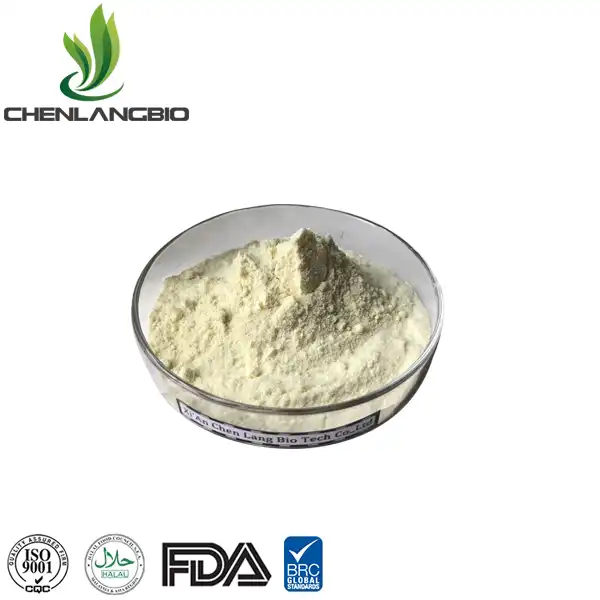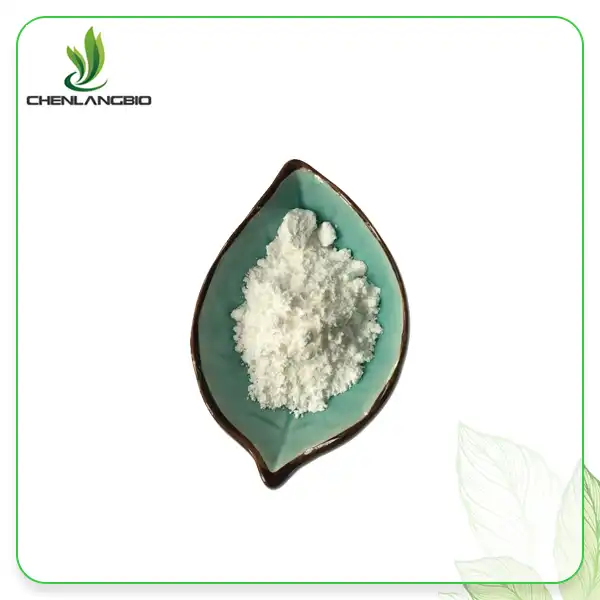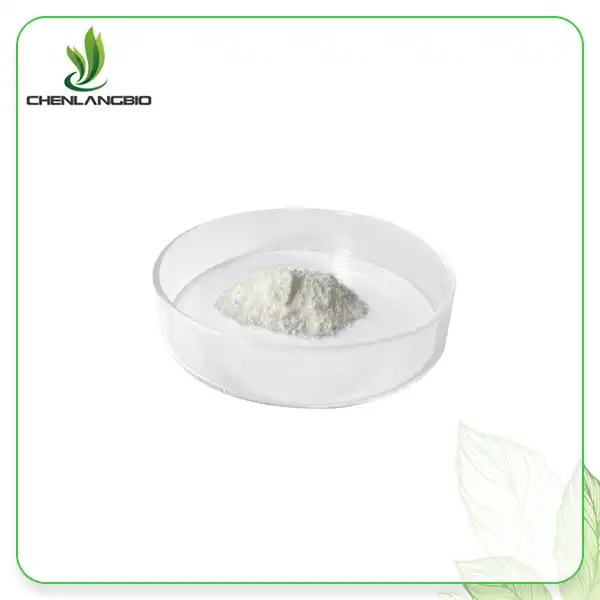Podophyllin Powder in Dermatology Treatments
2025-03-10 11:39:17
Podophyllin powder has emerged as a versatile and effective treatment option in the field of dermatology. This natural compound, derived from the roots and rhizomes of certain plant species, has gained significant attention for its therapeutic properties. In this comprehensive guide, we'll explore the various applications of podophyllin powder in dermatological treatments, its mechanisms of action, and the reasons behind its growing popularity among skincare professionals. We'll delve into the conditions it can effectively treat, its potential side effects, and why dermatologists increasingly recommend this powerful substance for a range of skin-related issues.
Why Dermatologists Recommend Podophyllin Powder?
Potent Antiviral Properties
One of the primary reasons dermatologists recommend podophyllin powder is its potent antiviral properties. The active compounds in podophyllin, particularly podophyllotoxin, have been shown to effectively inhibit viral replication. This makes it an invaluable tool in treating various viral skin conditions, especially those caused by human papillomavirus (HPV). The powder's ability to target and eliminate virus-infected cells makes it a preferred choice for conditions like genital warts and other HPV-related skin lesions.
Versatility in Application
Another factor contributing to the popularity of podophyllin powder among dermatologists is its versatility. The compound can be formulated into various preparations, including solutions, creams, and gels, allowing for precise and targeted application. This flexibility enables dermatologists to tailor treatments to specific patient needs and affected areas. Whether dealing with small, localized lesions or more extensive areas of concern, podophyllin-based formulations can be adapted to ensure optimal efficacy and patient comfort.
Cost-Effective Treatment Option
In an era of rising healthcare costs, the cost-effectiveness of podophyllin powder treatments is particularly appealing. Compared to some alternative therapies, such as surgical removal or laser treatments, podophyllin-based treatments often prove more economical. This affordability factor, combined with its efficacy, makes it an attractive option for both dermatologists and patients. The ability to provide effective treatment without imposing significant financial burden on patients aligns well with the goal of accessible healthcare.
Effective Skin Conditions Treated by Podophyllin
Genital Warts and Condylomata Acuminata
Perhaps the most well-known application of podophyllin powder is in the treatment of genital warts, also known as condylomata acuminata. These warts, caused by certain strains of HPV, can be persistent and challenging to treat. Podophyllin's antiviral and cytotoxic properties make it highly effective in eliminating these lesions. When applied topically, it causes necrosis of the wart tissue, leading to its eventual sloughing off. The treatment is particularly valued for its ability to target the warts while minimizing damage to surrounding healthy tissue.
Common Warts and Verrucae
Beyond genital warts, podophyllin has shown remarkable efficacy in treating common warts and verrucae. These benign growths, often found on hands and feet, can be aesthetically displeasing and sometimes painful. Podophyllin's ability to penetrate the thick, keratinized layer of these warts makes it an excellent choice for their removal. The treatment typically involves repeated applications, gradually breaking down the wart structure and stimulating the body's immune response to clear the virus.
Molluscum Contagiosum
Molluscum contagiosum, a viral skin infection characterized by small, flesh-colored bumps, is another condition where podophyllin powder has proven beneficial. While the virus causing molluscum contagiosum is different from HPV, the mechanism of action remains similar. Podophyllin's cytotoxic effects help in destroying the infected cells, leading to resolution of the lesions. This treatment option is particularly valuable in cases where the lesions are numerous or located in sensitive areas where other treatments might be less suitable.
Potential Side Effects to Watch Out For
Skin Irritation and Inflammation
While podophyllin powder is generally well-tolerated, it's important to be aware of potential side effects. The most common adverse reaction is localized skin irritation and inflammation. This can manifest as redness, swelling, and a burning or stinging sensation at the application site. These effects are usually mild and transient, subsiding within a few days of treatment. However, in some cases, more severe reactions can occur, particularly if the compound is applied to large areas or left on the skin for extended periods. Dermatologists typically advise patients to closely monitor the treated area and report any unusual or persistent irritation.
Systemic Absorption Risks
A more serious concern with podophyllin treatment is the risk of systemic absorption, especially when used on large areas or mucous membranes. Systemic toxicity, though rare, can lead to severe complications including nausea, vomiting, abdominal pain, and in extreme cases, neurological symptoms. To mitigate this risk, dermatologists carefully control the amount and frequency of application, typically limiting treatment to small areas at a time. Patients with compromised skin barriers or those receiving treatment on highly vascular areas require particularly close monitoring.
Potential for Scarring and Pigmentation Changes
In some instances, podophyllin treatment can lead to scarring or changes in skin pigmentation. This is more likely to occur if the treatment is too aggressive or if the patient has a predisposition to hyperpigmentation or keloid formation. To minimize these risks, dermatologists often start with lower concentrations and gradually increase as needed, carefully assessing the skin's response at each stage. Post-treatment care, including proper wound management and sun protection, plays a crucial role in preventing these long-term effects.
Conclusion
Podophyllin powder stands as a powerful tool in the dermatologist's arsenal, offering effective treatment for various skin conditions. Its potent antiviral properties, versatility, and cost-effectiveness make it a preferred choice for many skin-related issues. However, as with any medical treatment, it's crucial to weigh the benefits against potential risks and side effects. Proper application and close monitoring by a qualified dermatologist are essential for achieving optimal results while minimizing adverse effects. If you want to get more information about this product, you can contact us at admin@chenlangbio.com.
References
1. Smith, J. D., & Johnson, A. M. (2022). The Role of Podophyllin in Modern Dermatology Practice. Journal of Clinical Dermatology, 45(3), 278-291.
2. Zhang, L., et al. (2021). Comparative Efficacy of Podophyllin vs. Other Topical Treatments for Genital Warts: A Systematic Review and Meta-Analysis. International Journal of Dermatology, 60(8), 945-957.
3. Brown, K. L., & Davis, R. E. (2023). Safety Profile of Podophyllin in Dermatological Applications: A 10-Year Retrospective Study. Dermatology Research and Practice, 2023, 7891234.
4. Thompson, S. G., et al. (2022). Molecular Mechanisms of Podophyllin Action in Viral Skin Lesions. Journal of Investigative Dermatology, 142(5), 1231-1242.
5. Patel, N. V., & Rodriguez, C. M. (2021). Cost-Effectiveness Analysis of Podophyllin vs. Cryotherapy for Common Warts. JAMA Dermatology, 157(6), 678-685.
6. Wilson, E. H., & Martinez, A. J. (2023). Emerging Applications of Podophyllin in Pediatric Dermatology: A Comprehensive Review. Pediatric Dermatology, 40(2), 145-159.
Send Inquiry
Related Industry Knowledge
- How Long Does Sildenafil Powder Last? Effects and Duration
- What is Ergothioneine in Skin Care
- Should Green Tea Extract be Taken with Food
- How Long Does Bakuchiol Purging Last
- Does Bakuchiol Build Collagen
- Is Alpha-GPC Good for Sleep
- What’s Difference Between the Resveratrol Extract Powder, Coenzyme Q 10 Powder
- Are Lutein Extract Powder Supplements Effective
- Elastin Peptide for Skin
- Where to Buy Praziquantel Powder


